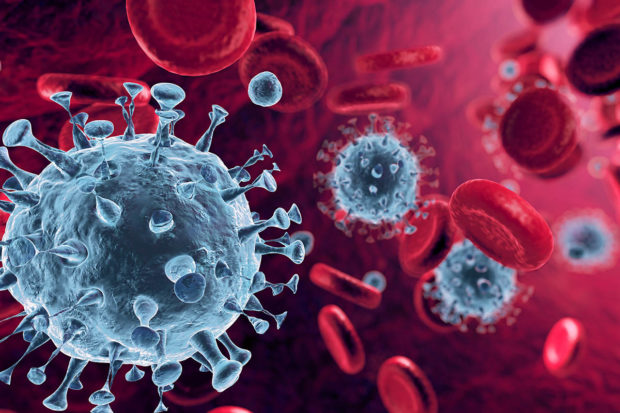
‘Features that could make someone COVID-19 super-spreader identified’
PTI, Nov 21, 2020, 11:07 AM IST

New York: Using computer-generated models, scientists have simulated sneezes in different types of people, and identified the biological features that could make a person super-spreaders of viruses such as the novel coronavirus which causes COVID-19.
The study, published in the journal Physics of Fluids, determined associations between people”s physiological features and how far their sneeze droplets travel and linger in the air.
According to the scientists, including those from the University of Central Florida (UCF) in the US, people”s features, like a stopped-up nose, or a full set of teeth, could increase their potential to spread viruses by affecting how far droplets travel when they sneeze.
The US Centers for Disease Control and Prevention had earlier noted that the main way people are infected by the novel coronavirus is through exposure to respiratory droplets, such as from sneezes and coughs that are carrying infectious virus.
Knowing more about factors affecting how far these droplets travel can inform efforts to control their spread, said study co-author Michael Kinzel from UCF.
“This is the first study that aims to understand the underlying ”why” of how far sneezes travel,” Kinzel said.
“We show that the human body has influencers, such as a complex duct system associated with the nasal flow that actually disrupts the jet from your mouth and prevents it from dispersing droplets far distances,” he added.
Citing an example, the researchers said when people have a clear nose, such as from blowing it into a tissue, the speed and distance sneeze droplets travel decrease.
This is because a clear nose provides a path in addition to the mouth for the sneeze to exit, they added.
However, when people”s noses are congested, the area that the sneeze can exit is restricted, thus causing sneeze droplets expelled from the mouth to increase in velocity, the study noted.
According to the scientists, the teeth also restrict the sneeze”s exit area and cause droplets to increase in velocity.
“Teeth create a narrowing effect in the jet that makes it stronger and more turbulent,” Kinzel said.
“They actually appear to drive transmission. So, if you see someone without teeth, you can actually expect a weaker jet from the sneeze from them,” he added.
In the research, the scientists used 3D modeling and numerical simulations to recreate four mouth and nose types — a person with teeth and a clear nose, a person with no teeth and a clear nose, a person with no teeth and a congested nose, and a person with teeth and a congested nose.
When they simulated sneezes in the different models, they found that the spray distance of droplets expelled when a person has a congested nose and a full set of teeth is about 60 per cent greater than when they do not.
The findings revealed that when someone keeps their nose clear, such as by blowing it into a tissue, they could be reducing the distance their germs travel.
The researchers also simulated three types of saliva — thin, medium and thick.
They found that thinner saliva resulted in sneezes composed of smaller droplets, which created a spray and stayed in the air longer than medium and thick saliva.
The findings yield novel insight into variability of exposure distance and indicate how physiological factors affect transmissibility rates, said Kareem Ahmed, another co-author of the study from UCF.
“The results show exposure levels are highly dependent on the fluid dynamics that can vary depending on several human features,” Ahmed said.
“Such features may be underlying factors driving superspreading events in the COVID-19 pandemic,” he added.
Udayavani is now on Telegram. Click here to join our channel and stay updated with the latest news.
Top News

Related Articles More

Drinking tea, coffee linked to lower risk of head and neck cancer: Study

Study shows how brain chemicals control eating, could help develop improved obesity drugs

‘Faster walkers’ had significantly lower risk of diabetes, hypertension: Study

World Meditation Day 2024: Celebrating inner peace and well-being

Virus causing gut infections could play role in development of Alzheimer’s: Study
MUST WATCH
Latest Additions

Gas Cylinder Explosion Claims Two Lives in Ullal

UP: Teenager held for killing 9-year-old boy to force boarding school to close down

Japanese national duped of Rs 35.5 lakh after ”digital arrest” in Bengaluru

13-year-old rape victim dies after giving birth to stillborn baby in Rajasthan’s Dungarpur

YouTuber and his girlfriend rescued from drowning by IPS officer in Goa
Thanks for visiting Udayavani
You seem to have an Ad Blocker on.
To continue reading, please turn it off or whitelist Udayavani.






















